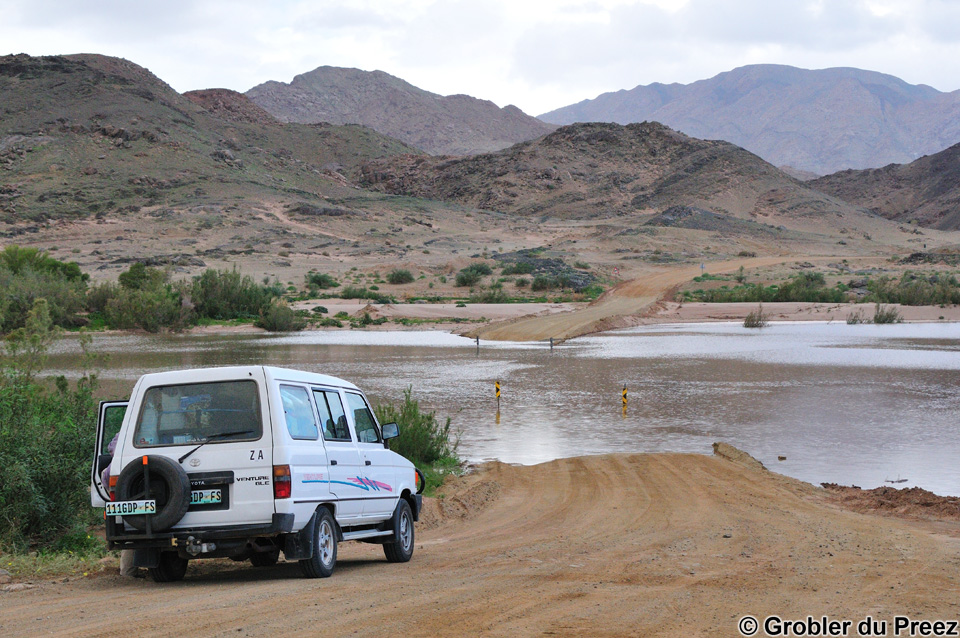Here is the fourth of five tips that I have previously posted in Google+ and Facebook.
( If you can't wait for the rest: here are all my tips: http://www.groblerdupreez.co.za/phototips.htm )The difference between a great photograph and an average photograph
How many times, when looking at a beautiful photograph, have you heard or said “he/she (the photographer) was at the right place at the right time” or, “he/she is an excellent photographer”?Yes, sometimes it just happens that you are at the right place at the right time, but you still must have some knowledge of composition and must know the basics of photography. It usually is not about coincidence or great skills. It is about planning, hard work, sacrifice, long hours and discipline
1. Coincidence
Yes, some photos just happen – you could be at the right place at the right time just by chance, but that very seldom happens and you still need to be prepared to make the best of the unexpected opportunity. You need to have your camera and tripod with you, the right lens for the situation, your batteries charged, etc.
2. Long hours
To be at the right place at the right time you need to spend many hours waiting for the opportunity – it doesn’t usually happens in those few minutes you want to spend taking photos... This usually ask to be in position at least half an hour before the sun rises and stay there until the light is getting too contrasty and to be in position at least an hour before sunset and stay there until it is nearly dark. Beautiful photos seldom happen between 9am and 4pm during the day!
3. Hard work
To be at the right place at the right time, you often need to carry your camera(s), tripod, extra lenses, etc. for long distances over difficult terrain to the optimum spot. The best views are usually far away from the easily accessible tourist viewpoints.
4. Planning
That beautiful sunset with a tree perfectly placed doesn't happen by it selves – you need to do some scouting beforehand to find the best spot. You also need to know the sun rise and setting times as well as exactly where it will set. Use a program like Photographer's Ephemeris (TPE), to assist the planning of outdoor photography. It shows direction of sunrise etc. on a topographical map, helping you to plan your shots.
5. Discipline
Getting up when it is pitch dark on a freezing morning, walking in sweltering heat, standing in the rain with only your camera equipment dry, carrying camera equipment for km’s (miles) over difficult terrain, facing mosquitoes and other insects, sleeping in your car to be on site early aren't what anyone of us prefer to do, taking calculated risks. That special shot doesn’t happen by itself.
To be at the right place at the right time ask for a lot of self-discipline.

.jpg)





